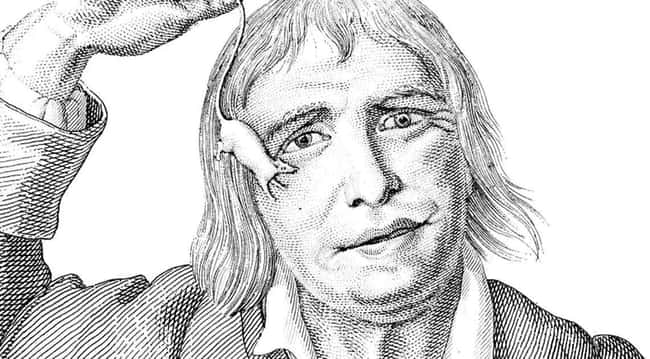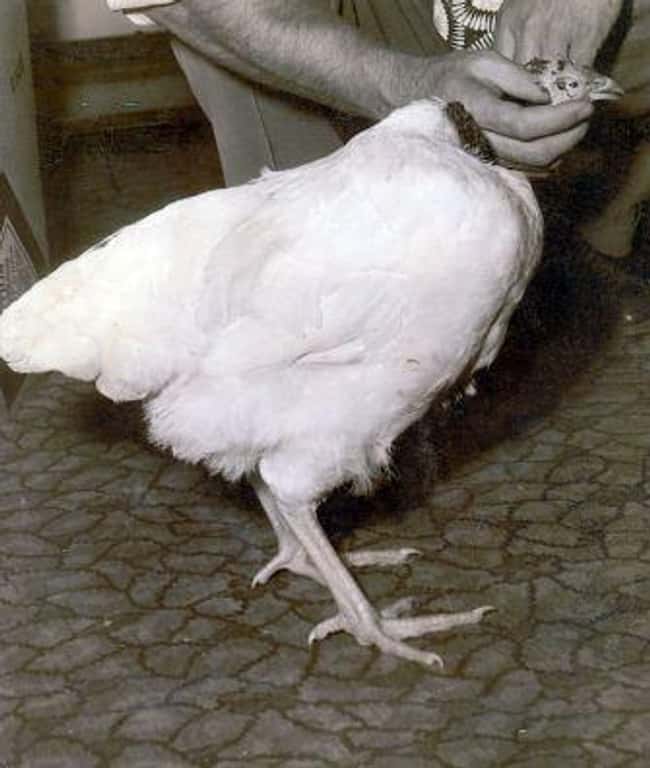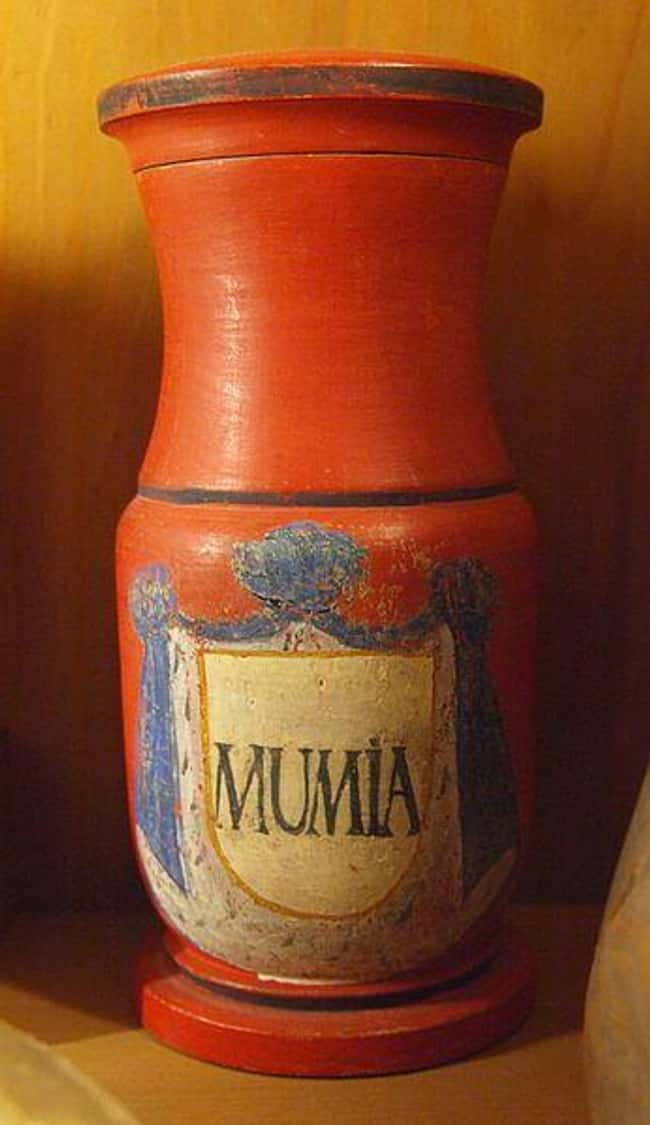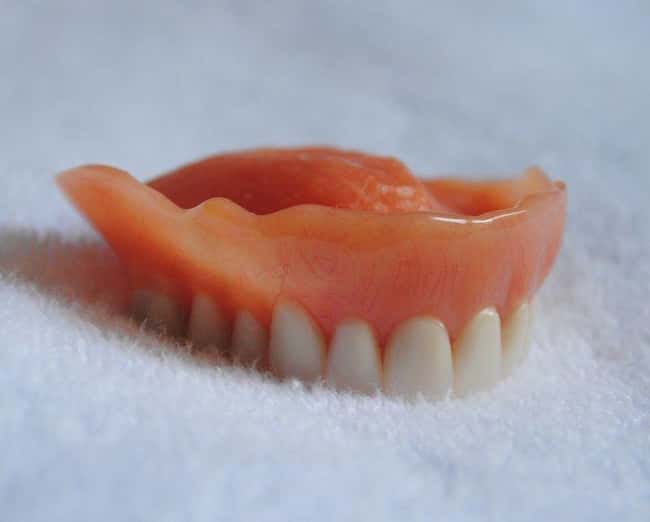Creepy History Items That Might Make You Lose Sleep Tonight
By Sean Kelly for Ranker
Let’s face it: history is riddled with weirdness, disgusting behaviors, and lots of creepy stuff. There are so many examples of creepy history facts out there that it’s hard to narrow it down to the most disturbing. A good way to measure just how disturbing something is, though, is by whether or not it keeps you up at night. Have you ever learned something unsettling and it can’t leave your brain no matter what you do? Us, too. Some of the most unsettling history facts happened centuries ago, but there are others that were relatively recently, which makes it all so much creepier. Let’s vote on the creepiest facts of them all. And good luck getting some sleep tonight.
The Heir To Jameson Whiskey Bought A Child To Feed To Cannibals

In 1888, James Jameson, the heir to the Jameson whiskey empire, was on an expedition in a trading post in the Belgian colony of Congo, which he had been told was inhabited by cannibals. Jameson was interested in seeing the practice up close.
A Sudanese translator named Assad Farran, who was on the trip, later recalled that Jameson bought a 10-year-old enslaved girl for the sole purpose of watching her be killed and eaten.
“The girl was tied to a tree,” Farran’s account of the incident stated, “the natives sharpened their knives the while. One of them then stabbed her twice in the belly.” The girl was murdered while Jameson allegedly sat and drew sketches of the incident. Jameson’s family, with the help of the Belgian government, managed to keep the incident quiet. Jameson never denied that it took place and died before he could face any sort of justice.
A Frenchman Named Tarrare Ate Everything

There’s a lot that is intensely creepy about Tarrare, a Frenchman born in the mid-1700s known for eating as much as a quarter of a cow’s worth of beef per day. Over time, his appetite became extremely bizarre, eating cats, dogs, and even eels. He was hospitalized for his extreme appetite during which time staff caught him eating corpses and drinking blood.
As if that isn’t horrifying enough, it’s also believed that Tarrare ate a 14-month-old baby that went missing from the hospital while he was admitted. Tarrare died at the age of 26. It’s now believed he may have suffered from a quite extreme case of polyphagia, a disease that causes uncontrollable hunger and eating.
A Chicken Named Mike Lived 18 Months Without A Head

In September of 1945, when a Colorado farmer and his wife were slaughtering chickens, they noticed one was still running around. The couple put the headless bird in a crate and left him on their porch overnight, and when they arose the next morning he was still alive.
Word quickly spread and soon the chicken had a name, “Mike The Headless Chicken.” Reporters came to document the strange, headless bird as he was taken on a tour of the US. Mike’s family fed him liquid food and water through a dropper directly into his esophagus and cleared his throat with a syringe. Mike’s tour ended when he passed away after 18 months of headlessness.
Human Remains Used To Be A Common Ingredient In Medicine

For centuries, there have been examples of questionable things being used for medical purposes and that includes human remains. One specific example is mumia, otherwise known as mummy. This medicine was literally extracted from human remains and was extremely commonplace.
“Under the name of mummy are comprehended, first, the mummy of the Arabians, which is a liquament, or concreted liquor, obtain’d in sepulchres, by exudation from carcases embalm’d with aloes, myrrh, and belsam. […] The second kind of mummy is the Egyptian, which is a liquament of carcases, season’d with pissasphaltus,” Dr. Robert James explained.
There was also a substance known as “mummy powder,” which was essentially finely ground human bones and remains.
Ted Bundy Worked For A Suicide Hotline

What is so creepy about Ted Bundy’s time working for a suicide hotline is the thought of someone so completely depraved and monstrous having the responsibility of keeping people from killing themselves and offering them emotional and mental comfort. That’s exactly what Bundy did, however, while he was studying psychology in college.
“I’m not surprised that he worked at a suicide hotline,” psychologist Darrell Turner said in an interview. “Psychopaths will very often put themselves in a position to, in a weird way, learn what normal people are like so they can blend in better by faking emotions that they learn from other people.”
Some Dentures In The 18th Century Were Made From Dead Soldiers’ Teeth

Imagine having to get dentures and then finding out that the fake teeth you received were actually real. Well, in the 18th century some dentures were, in fact, real human teeth. Bizarrely, they were in quite high demand from the wealthy, so much so that the teeth of thousands of soldiers who died in the Battle of Waterloo were used to help rich people replace their rotting teeth.
It’s a phenomenon known now as “Waterloo teeth,” though it’s not known whether they went by the title back in those days. The teeth were stolen by looters, who would sell them to dental technicians that would boil, carve, and shape them into dentures that they could sell to wealthy people who needed their mouths fixed.
Romans Used Human Urine As Teeth Whitener

Despite how disturbingly gross urine teeth whitener is, the Roman practice has some scientific sense to it. Urine has ammonia in it, which is a cleansing agent, so it would seem plausible that urine could clean teeth. Interestingly, urine was also used to clean stains out of clothes, after being diluted with water. A Roman poet named Catullus actually referenced the mouthwash practice in a verse:
Now you’re Spanish: in the country of Spain what each man p*sses, he’s used to brushing his teeth and red gums with, every morning, so the fact that your teeth are so polished just shows you’re the more full of p*ss.
Madame Tussaud Was Forced To Make Death Masks

Madame Tussaud’s Wax Museum is a fascinating and amusing place to visit. It’s a great way to see some incredible renderings of celebrities and historical figures, and it’s generally a place that feels very innocent. In reality, though, the real Madame Tussaud, Marie Grosholtz, had a much darker profession than just maxing wax figures of famous people.
Tussaud was imprisoned during the French revolution because of her friendship with the royal family, and was only released on the condition that she make death masks for Louis XVI and Marie Antoinette as a way to prove she was loyal to the new rulers.
One Tiger Killed More Than 400 People

Starting in the early 1900s and spanning a decade, a tiger in Nepal known as the Champawat tiger was responsible for over 400 deaths. This extremely dangerous tiger started her killing spree in Nepal, where she killed around 200 people before being driven over the border into India.
When she was in India, the Champawat tiger killed an additional 234 people. Colonel James Corbett was hired to hunt down the tiger, which he ultimately did in addition to several other suspected human-eating tigers in the region.
The Inventor Of Pringles Had His Remains Put In A Pringles Can

Fredric Baur was a trailblazer in the world of snack foods and storage. The trained organic chemist was hired in the 1960’s by Proctor & Gamble to come up with a new way to store chips that wasn’t in a bag. Baur’s Pringles can was invented in 1966 and completely changed the game. As it turns out, Baur was so proud of his creation that he insisted his children store him in one when he died, which is exactly what they did.
“When my dad first raised the burial idea in the 1980s, I chuckled about it,” his son, Larry, said following his death in 2008. As for what flavor the family used to store Baur’s ashes in, they said they went with the classic original package.
Views: 145

